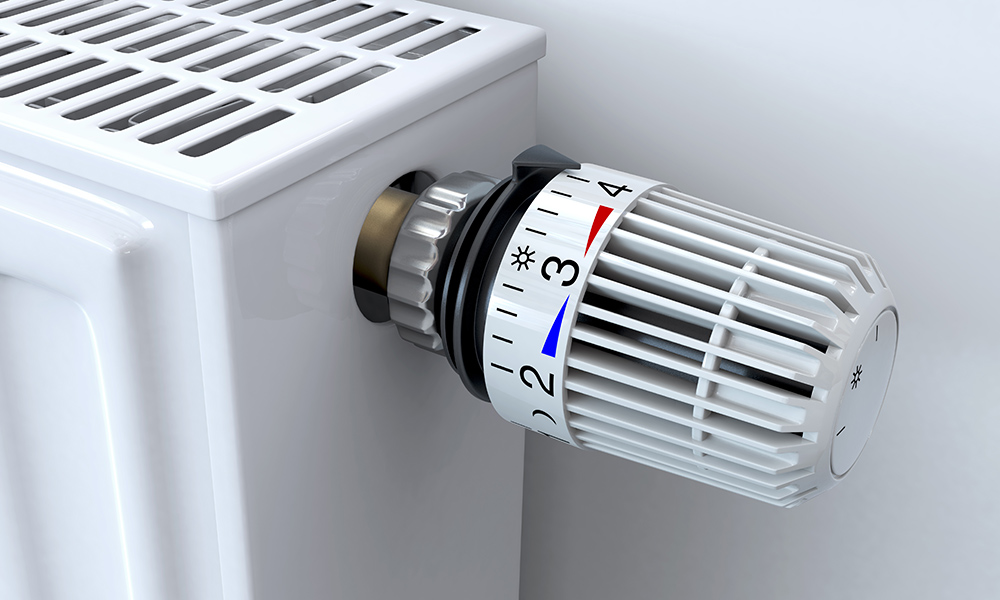
The continuing vitality disaster – with payments a number of occasions larger than must be anticipated – means we’re dedicating extra space to sharing details about managing your vitality prices.
However even throughout regular circumstances, figuring out how you can calculate your payments will help you keep away from any nasty surprises. Right here’s a fast rundown of how prices are calculated, plus a hyperlink to our favorite instruments for locating out extra.
The fundamentals: standing costs and unit charges
Your vitality invoice is made up of two completely different prices. The standing cost is a set every day fee that you just’ll pay no matter how a lot fuel or electrical energy you utilize. Successfully, it’s the price related to really having an vitality provide obtainable to your property. There’s a separate standing cost for fuel and electrical energy, and the quantity you pay must be outlined in your contract with the provider.
After all, you’ll additionally have to pay for the vitality that you just eat. This value is given because the ‘unit fee’, and once more must be clearly specified as a part of your contract and likewise included in your payments.
Utilizing these figures to calculate prices
As soon as your unit fee, it’s straightforward to calculate how a lot you might be prone to spend primarily based in your common vitality consumption. Lots of people work out their future vitality prices by wanting on the quantity they often pay. However how a lot vitality you’ve really consumed may give you a extra correct determine.
The very first thing to do is to be sure to have updated meter readings. Estimated readings are often fairly correct, however for these functions you have to know the quantity of vitality really getting used. In case your readings are updated, you possibly can check out a current invoice to see how a lot vitality you’re utilizing on a month-to-month and annual foundation. If not, submit a studying as quickly as you possibly can and watch for a brand new invoice to be generated.
As soon as you possibly can see what number of models of vitality your utilizing, multiply this determine by the unit fee (or predicted future unit fee) to see how a lot you’re going to pay. Don’t neglect so as to add the standing cost to get your ultimate whole.
Understanding the vitality value cap
The value cap was launched by Ofgem again in January 2019, initially as a means of limiting the unfair observe of providing considerably cheaper costs to newer clients. On the time, no one had predicted the hovering charges we’re now seeing – however the cap has nonetheless confirmed helpful as a buffer for value will increase.
Information tales concerning the value cap are inclined to quote the quantity that common households can anticipate to pay because the cap restrict, however that’s deceptive. There isn’t any total cap on how a lot a person family may be billed. As a substitute, the worth cap applies to the standing costs and the unit charges, so the extra you utilize the extra you pay. The charges from October 2022 can be:
- Fuel: unit fee of 14.76p per kWh, standing cost of 28.49p per day
- Electrical energy: unit fee of 51.89p per kWh, standing cost of 46.36p per day.
You need to use these figures and the formulation outlined above to foretell your individual future payments. Bear in mind to issue within the upcoming low cost of roughly £60 monthly from October 2022 – March 2023, a part of the Authorities’s total help bundle.
Going by way of these numbers your self is a very good strategy to get a greater perceive of what you’re paying and why. Nevertheless, in case you wrestle with the calculations, there are additionally on-line calculators obtainable that will help you work out your future vitality prices. Even with a web-based calculator, you’ll get extra correct outcomes if in case you have your invoice at hand and might enter exact information about how a lot vitality you usually use.







